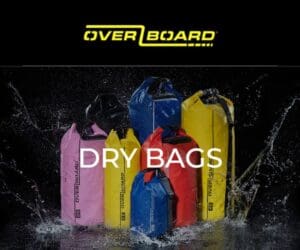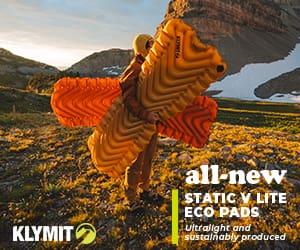Need an insulated jacket but not sure if you should get a down or synthetic jacket? Both down and synthetic jackets will keep you warm and toasty by holding the warmth in but are suited to different conditions. One is not strictly better than the other, but one may suit your needs more than the other.
This article can help direct you to the right insulated jacket for your needs.
About Down Insulation
Down insulation is made from goose or duck plumage – the lofty, fluffy stuff underneath the feathers. It is an undercoating, or a natural mid-layer. The structure of down provides warmth by trapping thousands of tiny air pockets. Down is also incredibly breathable, which allows unwanted moisture to escape.
Down is measured by ‘Fill power’. Fill power measures how many cubic inches 1 oz. of down can fill inside a lab container. Typically, fill power will range from 450 to 900, with 900 being the warmest and lightest, but also the priciest. The quality of the down is directly related to its fill power rating, the higher the fill power, the better the down will insulate, because there is less chance of cold spots forming.
In recent years, water-repellent down has become available, this is down treated with a molecular-level polymer that can withstand mist or light moisture. That’s a big plus, but you still shouldn’t let it get soaked.
Natural down is also incredibly resilient and if properly cared for it can be used for many years.
Pros
- Ounce for ounce, down is warmer than synthetic insulation
- Down retains its shape and loft well
- With proper care, down can last for decades
- Down is highly compressible and lightweight
Cons
- Down will lose its insulating power when it becomes wet and takes a long time to dry out
- Cleaning down gear requires special care. Harsh detergents and other chemicals will break down its natural loft and luster. Only very mild detergents or down-specific cleaning products should be used. Down-insulated items should never be put in the drier.
- Down is not hypoallergenic. Lower quality down can harbor dust particles, debris or other non-down materials, causing a reaction in sensitive people.However, high-quality down is cleaned very well according to strict industry standards, and is less likely to cause issue.
- Down insulation can be significantly more expensive than synthetic.
About Synthetic Insulation
Synthetic insulation is designed to replicate the qualities of down, but retain them even when wet. Synthetic insulation is essentially polyester threading that is molded into long single threads or short staples to mimic lofty down clusters. Thinner and lighter threads fill voids and trap warm air more effectively, while thicker strands sustain the loft and durability.
In addition synthetic insulation has a slightly higher weight-to-warmth ratio than down, meaning it needs to be heavier to achieve the same warmth as down. The upside to synthetic insulation is that it is much more resistant to moisture, and when it does get wet it dries faster. Synthetic insulation also tends to be friendly on the wallet and is naturally hypoallergenic.
Pros
- Synthetic insulation is water-resistant and will still provide some warmth if it gets wet
- Synthetic insulation can often dry within a daymaybe even hours
- If you’re on a budget, synthetic insulation will keep you warm for less money
- Synthetic insulation is easier to care for. Most synthetic fill sleeping bags or garments are machine washable and dryable
- Most synthetics are completely hypoallergenic and will not cause allergies, as long as you keep them clean
Cons
- Synthetic insulation is heavier and bulkier than down, requiring more weight and volume to keep you in the comfort zons
- Synthetic fibers gradually break down no matter how well you care them. You may find yourself replacing synthetic products more often compared to down products
-
The Bottom Line
Down is Mother Nature’s best insulator. It works well for almost everyone providing incredible warmth with minimal weight. It’s also highly compressible and has good longevity if properly cared for. Down is great in cold, dry conditions however; if you expect wet weather synthetic insulation may be a better option.
Synthetic insulation is better in wet conditions and is easier to clean. It is a good choice for casual outdoor enthusiasts who only use their gear a few times a year.
Key factors to consider when choosing an insulated jacket
- Down or synthetic insulation
- Where you plan to use it
- Weather conditions
- Fit and features
-
Contributed by: Mountain Designs












The synthetic climashield enlightened torrid apex jacket is worth a look. It’s warmer than my mountain hardware ghost whisperer and although both are size large, the torrid is significantly looser around arms, shoulders and middle. Web site says they go half a size up for layering purposes. Torrid is a more comfortable fit for sure. The Torrid is about 20g heavier than the GW i.e. the same weight. It’s also about half the price. I’ve washed mine 2-3 times now. Cold wool wash and tumble dry with no heat and it comes up like new every time.
update- you can wash it on 30degC woolcycle, Many times now, no harm at all. frontloader washer. 7D fabric.
I have a Black Diamond synthetic jacket that’s lasted more than 7000km of long trails. Having great difficulty replacing it and I don’t want down (it’s an animal thing) if possible? If anyone has recommendations for synthetic puffies I would love to hear them.